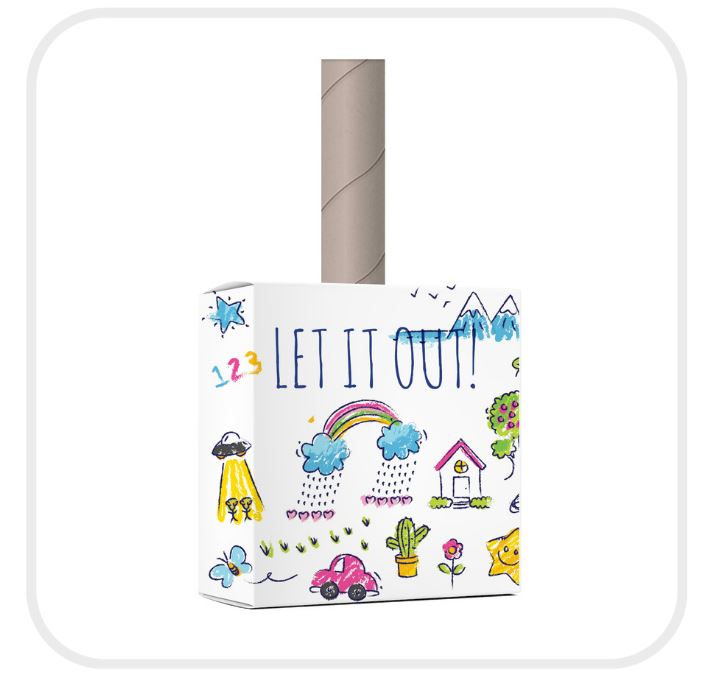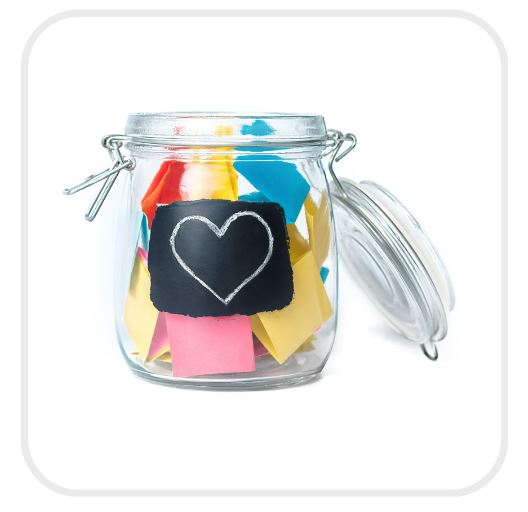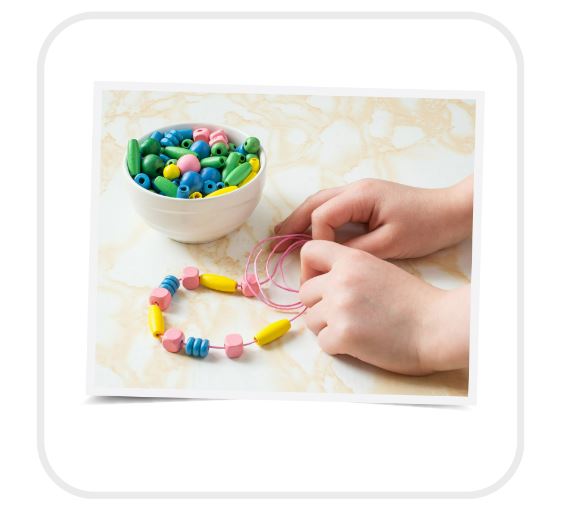What is the 1-in-20 Challenge?
In Australia 1-in-20 children will lose a parent before they reach the age of 18. Every family that is struggling with grief deserves support, and together we can make a difference!
Walk or run 120km for grieving kids and their families, or start by aiming to raise a goal of $120. Together we can fund camps, research, and build on resources to help grieving kids across Australia.
By completing the 1-in-20 Challenge not only will you help grieving kids heal, but you and your family can gain from the health and wellbeing benefits of the challenge.
Benefits of Exercise in Adults and Children:
- Improved mood state – Physical activity triggers the release of endorphins. These hormones can help our mood and reduce feelings of stress, anxiety and depression.
- Lower levels of stress – Engaging in physical activity can lead to a sense of relaxation and calmness, helping to alleviate stress and tension.
- Boost in self-esteem – Exercise can lead to a sense of accomplishment, which can contribute to an improvement in self-esteem and self-confidence.
- Improved sleep – Regular physical activity can contribute to better sleep quality for children and adults.
- Distraction – Exercise can be a helpful distraction from negative thoughts and ruminations.
- Social interaction – Participating in group physical activities can provide children and adults with opportunities to interact with others, develop friendships, and improve their social skills. These interactions can help reduce feelings of loneliness and isolation, fostering a sense of belonging.
- Emotional regulation – Physical activity provides a constructive outlet for negative feelings. Engaging in physical activity can teach children how to manage their emotions in a healthy way.
- Cognitive benefits – Exercise has been shown to enhance cognitive function and brain health.

Interview with Serenity McEwin, Pediatric Occupational Therapist
If you aren’t already inspired to continue to take part, or sign up, one of our incredible Feel the Magic volunteers has provided us with expert knowledge on the benefits of the 1-in-20 Challenge.
Serenity McEwin is a Pediatric Occupational Therapist supporting children and young people to be as independent as possible with the things they need and want to be doing. Serenity has answered some of our questions about the benefits of the challenge from her professional perspective.
From your OT perspective, what are the general benefits of exercise?
- Increases our physical health, mental health, and quality of life.
- Increases neural connections in the brain and enhances communication between both sides of our brain which positively impacts our cognition, ability to learn, our behaviour, and our attention.
- Regulates our sensory and nervous systems – movement can be calming or alerting.
- Helps to develop the fine and gross motor skills needed for learning, play, and everyday life skills.
- Can alleviate sleep-related problems.
From your OT perspective, what are the benefits of walking and talking for language development?
Walking and movement wakes our brain up. Neuroscience shows us that movement improves the brains cognitive regulation skills, that is, the ability to focus, think clearly and logically, plan, organise, create and be empathetic. Therefore, we can expect the quality of our conversations during a walk to be greater.
A walk and talk is an opportunity for back-and-forth conversation, which activates the part of our brain responsible for language production and processing.
During a walk, parents can model and facilitate asking questions, making comments, and expanding on words and ideas.
Why is the 1-in-20 Challenge beneficial for grieving kids?
Research shows us that taking a sideways approach to talking with our kids (conversing while engaged in an activity, where eye contact is optional) helps them to feel more comfortable and relaxed, which leads to more open communication.
In terms of walking and talking, exercise releases endorphins, serotonin and dopamine, and positive social connection releases oxytocin, all of which are feel good chemicals that promote feelings of happiness and wellbeing. These feel-good chemicals give us the power to regulate our emotional responses and relieve discomfort.
Walking also provides an escape from grief through distraction – and even better if out in nature, which is shown to lower the stress hormone cortisol.
Why are family activities beneficial from your perspective?
Family group activities help us to feel seen, heard and valued – they increase our sense of connection to our caregivers and/or siblings. The more connected we feel to others, the less likely we will respond with maladaptive behaviours when times get tough, and the more likely we are to bounce back after hardship.
Connection also supports us to develop social skills so that we can increase connections outside of our family, a factor which is strongly linked to wellbeing.

Benefits of exercising as a family:
One of the greatest benefits of this challenge is the social interaction that it facilitates for grieving families. Whether you undertake this challenge as a family, with friends, or with other grieving families in the Feel the Magic community, exercising with others can have numerous benefits that extend beyond our physical health.
Some of the benefits of exercising as a family include:
- Quality time – Exercising together allows for dedicated quality time, away from screens and daily distractions.
- Role modelling – A parent/guardian who prioritises exercise sets a positive example for children.
- Positive memories – Shared physical activities can create positive associations with exercise for children.
- Teamwork and cooperation – Exercising as a family can foster stronger family bonds through teamwork and cooperation.
- Communication – Exercising together provides opportunities for open communication, allowing family members to share thoughts and connect.
- Social interaction – Exercising with others enhances interpersonal skills and strengthens relationships.
Now that you know the benefits of participating in the 1-in-20 Challenge, it’s not too late to join if you haven’t signed up yet. Here is how you can take part:
- Set up your profile as an individual or as a team and invite others to participate
- Tell your colleagues, family and friends and ask for donations
- Feel good knowing every step you take will change the lives of grieving kids
Check out Serenity’s pages:
facebook.com/firstplaythengrow
instagram.com/firstplaythengrow


















